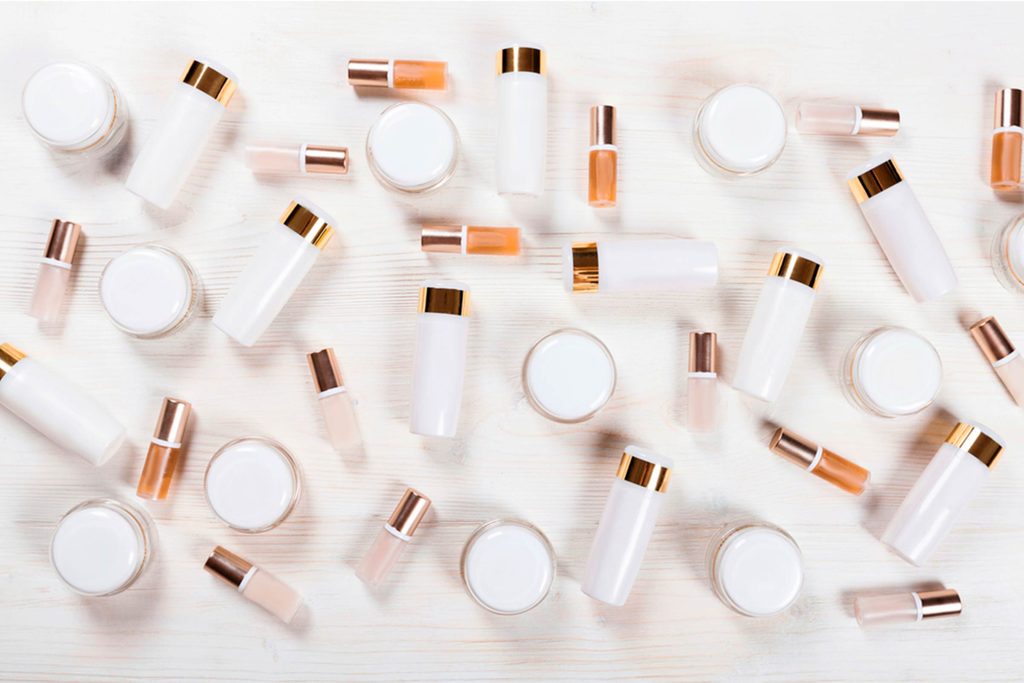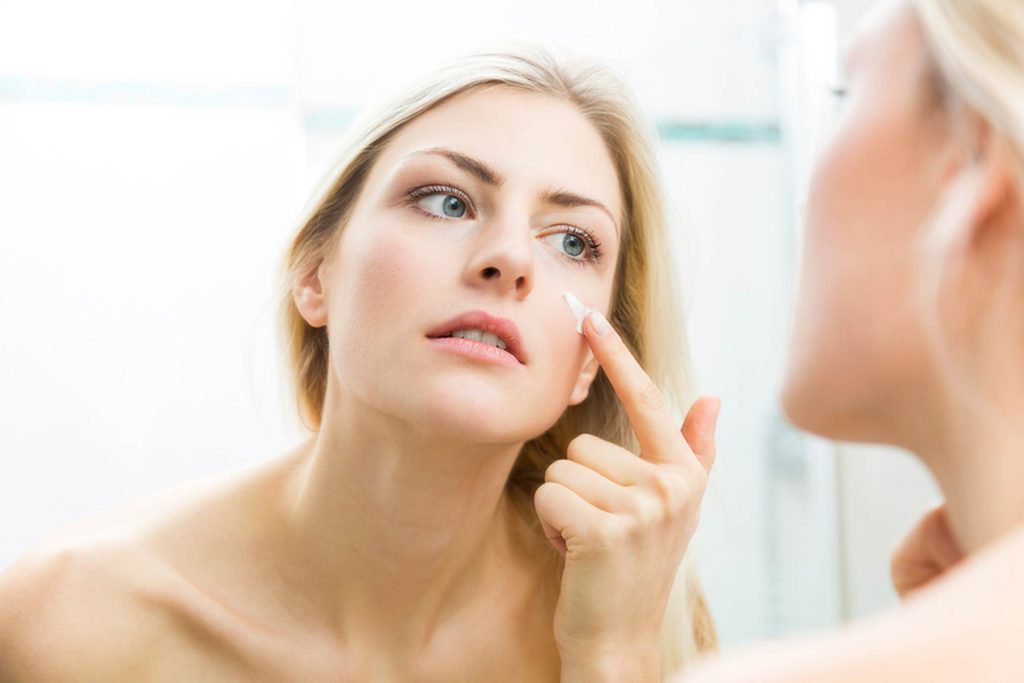Ignoring 2 Letters on Your Skin-Care Products Could Be Wrecking Your Complexion
Updated: May 31, 2017
These two letters could mean the difference between dry, flaky, angry skin—and the clear, dewy complexion you’re going for.
Infomercials, magazine ads, beauty counter attendants, and even your BFFs have likely tried to give you the scoop on the best skin-care product for clear, healthy skin. You may have tried them—and found your skin breaking out, incredibly dry, or surprisingly perfect. Have you ever wondered why one skin-care product is great for one person but terrible for another? A big reason is pH level. (By the way, don’t miss the worst skin-care advice dermatologists have ever heard.)
Potential hydrogen, or pH, refers to the acid-alkaline ratio of a substance—including the food you eat, the skin-care products you use, or your skin itself. The natural pH level of your skin falls between 4.5 and 5.5 on the pH scale where 0 is the most acidic, 7 is neutral and 14 is the most alkaline. That means our skin is on the acidic side.

The reason skin is naturally a bit acidic is that it serves as the body’s first defense mechanism against foreign elements. Acidity serves to keep allergens, bacteria, wind, and pollutants out while keeping moisture in. When the pH level is affected—be it by UV light, pollution, or a beauty product—your skin can become dry and flaky, or inflamed.
“Skin is not happy when it’s in an alkaline zone,” says Whitney Bowe, MD, a leading New York City dermatologist and recognized expert in skin rejuvenation, cutting edge laser therapies, and nutritional dermatology. “Enzymes that break down collagen are activated at higher pH levels, so you age faster. When your skin is at a higher pH, its barrier function is impaired so it becomes dehydrated and lets irritants dive in to create inflammation.” The wrong pH value can cause wrinkles, acne, and extreme sensitivity—even eczema. The right pH can help fend off those ills. In a study of women’s skin over an eight-year period, published in the British Journal of Dermatology, women’s whose top layer of skin was more alkaline ended up with more fine lines and crow’s feet than their counterparts whose skin was more acidic.

Dr. Bowe says pH also has a big impact on the microbiome—that community of bacteria in our GI tract. Apparently, bad bacteria can thrive in a more alkaline environment, while good bacteria flourish in a more acidic one. More and more research is pointing to the microbiome as the key to optimum health (these are the signs your gut bacteria may be unhealthy).
To help keep your skin’s pH from getting out of whack, pay attention to the pH level on your skin-care products.
For starters, avoid using standard bar soaps as cleansers. “Most soaps tend to be alkaline, which means that they have a higher pH,” says Bowe. “Having this level of pH means that they can leave the skin feeling a little dry and sensitive.” With a pH value of 9 to 11, soap is far too basic for your skin, and strips it of its natural oils needed for moisture. Some pH-friendly cleansers include: Skinceuticals Purifying Cleanser (great for oily skin), PCA Skin Facial Wash (great for dry skin), and Dermalogica Ultra Calming Cleanser (great for sensitive skin).
Next, know your body’s pH level by purchasing pH testing strips from the drugstore. This will help take the guesswork out of skin-care products that’ll work best for you. Once you know this, choose products with the same pH level of what your skin is, so around 4.5 to 5.5.
